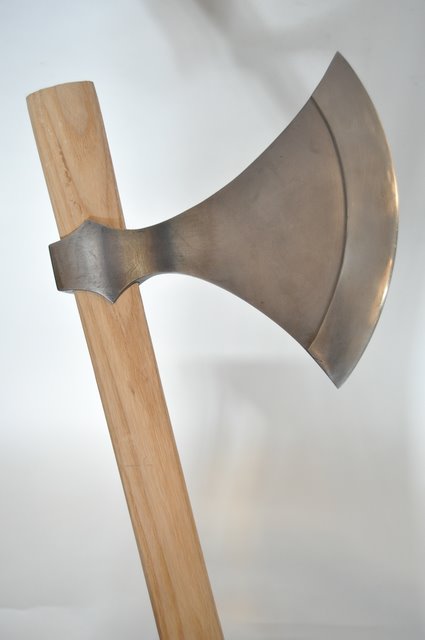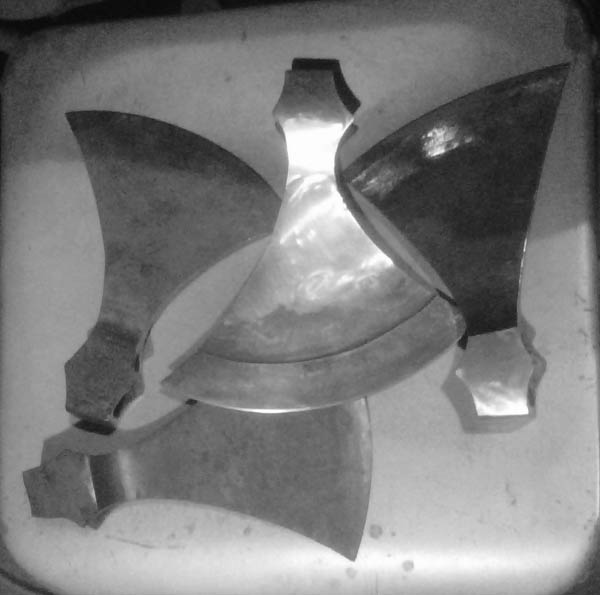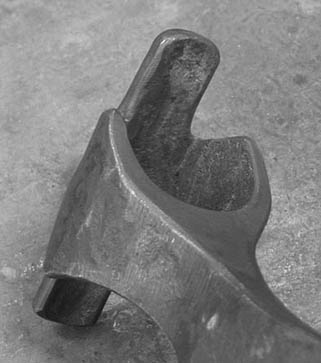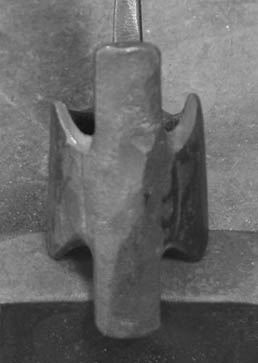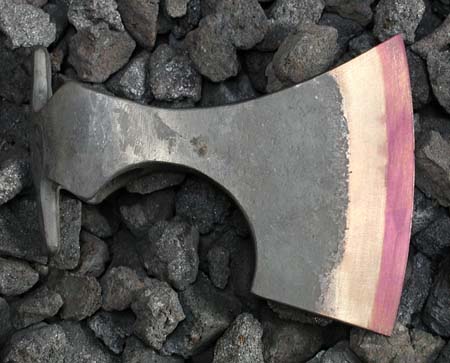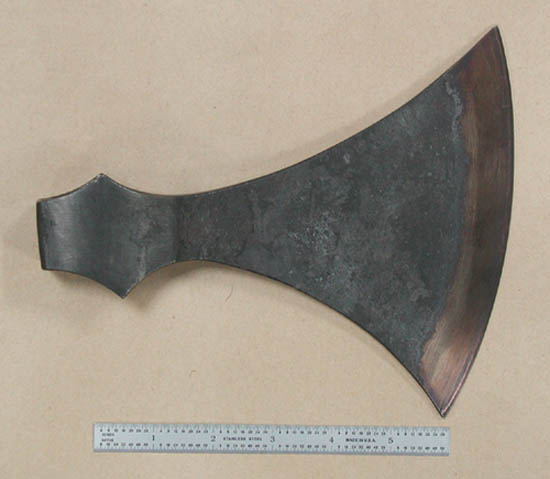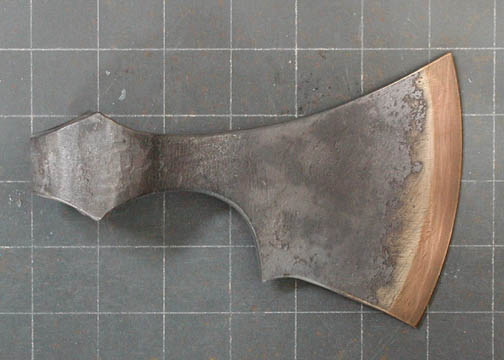We’ve been intensely studying Viking-age axes in the last year, and Jim has been doggedly reverse-engineering the forging processes hinted at by subtle clues in the artifacts of that era, with (of course :D ) the goal of truly recapturing the presence and feel of those marvelous weapons. :cool:
Here is some of what he has come up with… I think he’s got photos of his beared- and Baltic-style axes as well.
